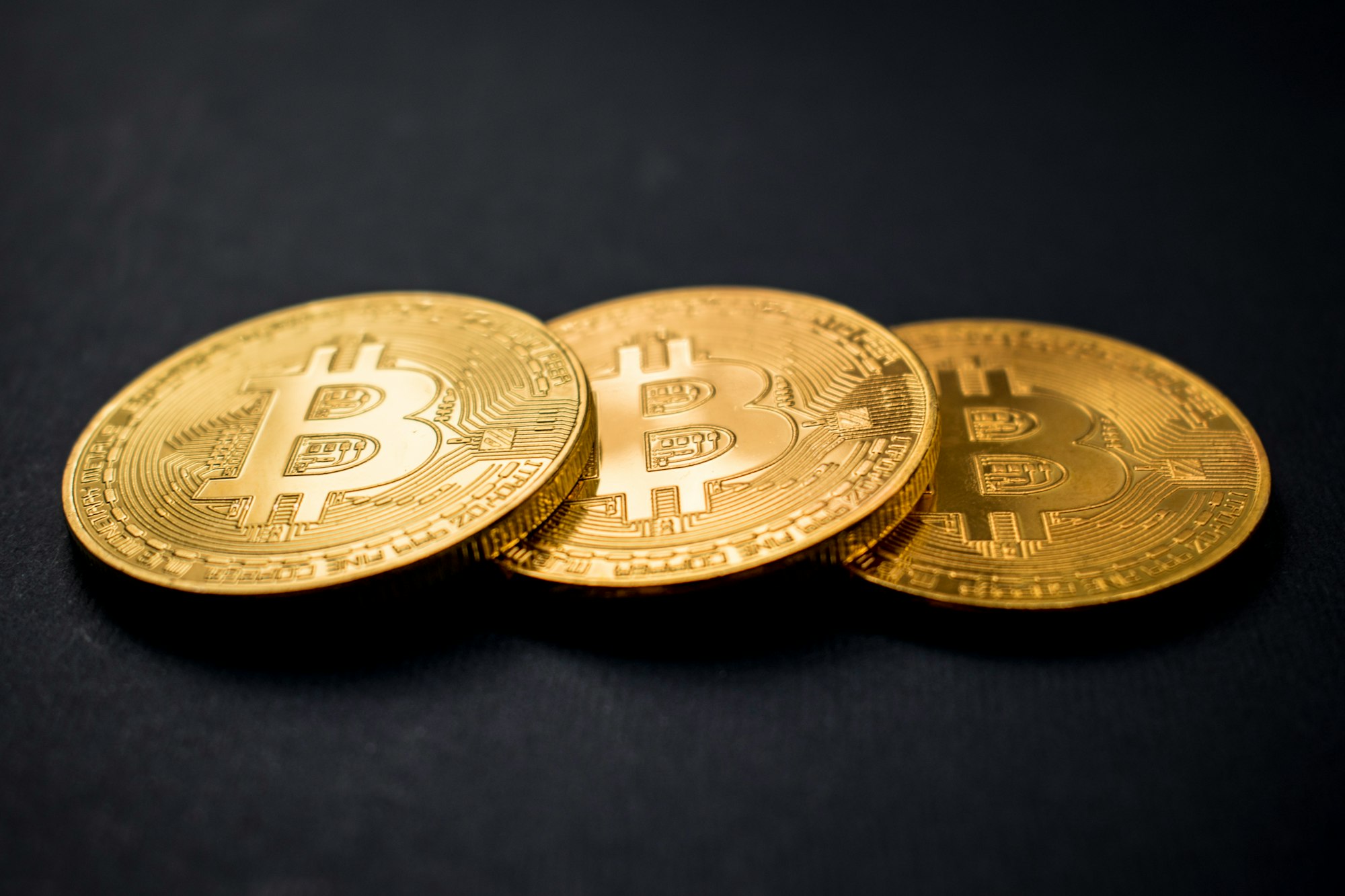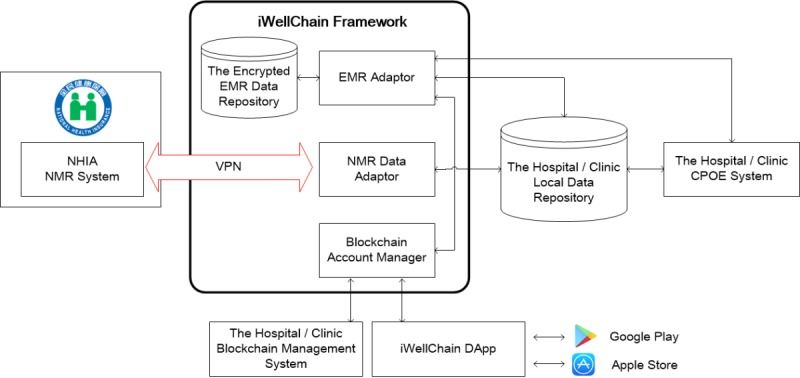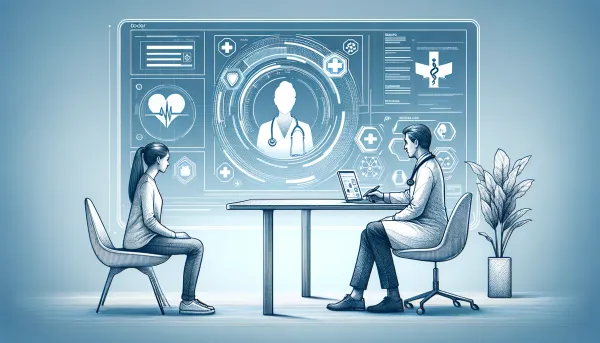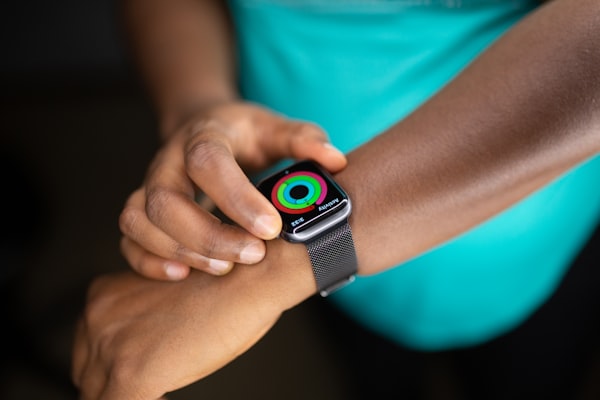Trends in Medical Research of Blockchain
With the emergence of NFTs and ideas of a Web3, cryptocurrencies - blockchain is experiencing a major boost. The hype is always there in the tech world, but few are connecting it to medicine.

About a year ago, I wrote an issue whether blockchain is a viable new technology that could be applicable to healthcare. But there is definitely more to explore here than just that one issue.

The Lancet Digital Health published a wonderful summary of where blockchain research is happening in medicine. Apart from contributing to the development of blockchain technology in healthcare, it gives an average researcher or doctor a sense of where digital health is developing - largely towards decentralisation, just as in many other fields.

This is one of the few resounding research papers published on blockchain in medicine, which is also clear from the data in the paper. Only a minority is published in medical journals, most in the IT and engineering ones.
Traditionally, data is stored on distributed databases, which are present in any field you can think of. These systems are also well-established in healthcare, but have some important limitations:
- Individuals cannot share the data between themselves securely and efficiently.
- Databases are susceptible to hacking, while blockchain is a set of highly encrypted data, which would need a lot more computer work to break.
- They lack an immutable audit trial, which means that its logs (i.e., what was happening with the data) can be changed. This is practically impossible on a public blockchain ledger.
Blockchain solves this issues, at least to some extent. But of course, it doesn’t come without problems.
COVID-19
Blockchain turned out to be potentially applicable during the COVID-19 pandemic. An interesting phenomenon occurred right at the beginning, when the whole world was scrambling to ensure medical equipment for their medical staff and people. Its supply and division was, once ensured, under stricter control. This was handled traditionally, but the paper showed blockchain could be an efficient solution to this.
Precise monitoring can be done at a granular level with IoT, oracles, and Application Programming Interfaces for each individual vial or package. In a study by Antal and colleagues, IoT sensor devices were combined with self-enforcing smart contracts on an Ethereum blockchain platform to achieve end-to-end tracking and visibility, thereby ensuring the veracity of COVID-19 vaccine distribution data.
A following application are vaccination certificates, which are the best thing we have to return to normal. There is always the risk of counterfeiting classic certificates, and an Estonian company took on this challenge and developed VaccineGuard.
It’s a distributed data exchange platform, which allows for greater reliability of vaccination certificates. The platform links “the full supply chain of each individual vaccine to the certificate, enabling rapid root cause analysis in the event of adverse reactions”. The next phase is implementing a similar platform for test results and recovery information.

Medical records
All of this is a great lesson for post-COVID-19 healthcare. Securing medical records with blockchain technology to prevent unauthorised access is already implemented in Estonia. The review article shows this field is also undergoing research interest. A research group in Taiwan developed a “blockchain-based application to grant access rights and data control to patients” and they call it IWellChain.
It allowed patients to access their medical data and share it with whomever they wanted to - they were the true owners of it. This significantly improved patient data transfer between patients and physicians. Similarly, a group of researchers applied blockchain to omics data and genetics.
However, storing medical data on the blockchain is not a good idea. The public ledger makes this impractical, as by definition every “node” would have to store all the data on the blockchain - all data from every patient included. This “would impose high costs on a decentralised network and severely limit health-care applications (which frequently involve large files, such as medical images)”.
As for Estonia, they only store data logs, which are records of what’s happening to the patient data. In the Taiwanese research group’s case, the blockchain framework was used to securely get the data from their national medical registry to the respective hospital.

Clinical trials
Furthermore, clinical trials are an essential part of medicine and as a result are strictly controlled. As said before, storing data, in this case clinical trial data, on the blockchain is impractical. The authors of the review found that an area where it could be used in clinical trials is in monitoring clinical trial events.
For example, voluntary consents every participant has to sign could be stored on the blockchain, which would prevent anyone from forging it. The result is greater transparency of the research process.
AI algorithms
Similarly, developing AI algorithms, such as decision support systems (DSS), demands lots of data. Several studies identified blockchain as a way to improve AI development and generalisability. One “showed proof of concept through a premissioned blockchain platform to allow secure data transfer, transparent reporting of AI model performance, and model transfer and testing on an external dataset”.
Internet of Things
My favourite application of blockchain in healthcare is the internet of things (IoT). With its development, especially with the adoption of 5G networks, IoT could be used for continuous patient monitoring. A study tried and adopted this in their application, which allowed broadcasting and receiving “authenticated, encrypted activity data from a wearable device”. It’s interesting that the researchers used a protocol called IOTA, whereas most others are using Ethereum.
Closing thoughts
Blockchain sounds great - it’s secure, transparent, private, decentralised. But imagine the resources needed to switch to an entirely different system than it currently is. And as far as I know, the current state of technology in medicine is mediocre - especially in Slovenia and from what I gather also the NHS. If that’s not a big enough challenge, it would inevitably also cause confusion, big monetary investments and the need for a shift of mindset of the entire medical community.
Real-world transactional efficiency of health-care blockchain platforms is likely inferior to that of distributed database management systems, which has to be weighed against the tangible (eg, cybersecurity cost savings) and non-tangible (eg, consequences of security breaches) benefits of a blockchain platform.
However, these kinds of research pieces show an interest in this field and a confirmation that it can be done!





